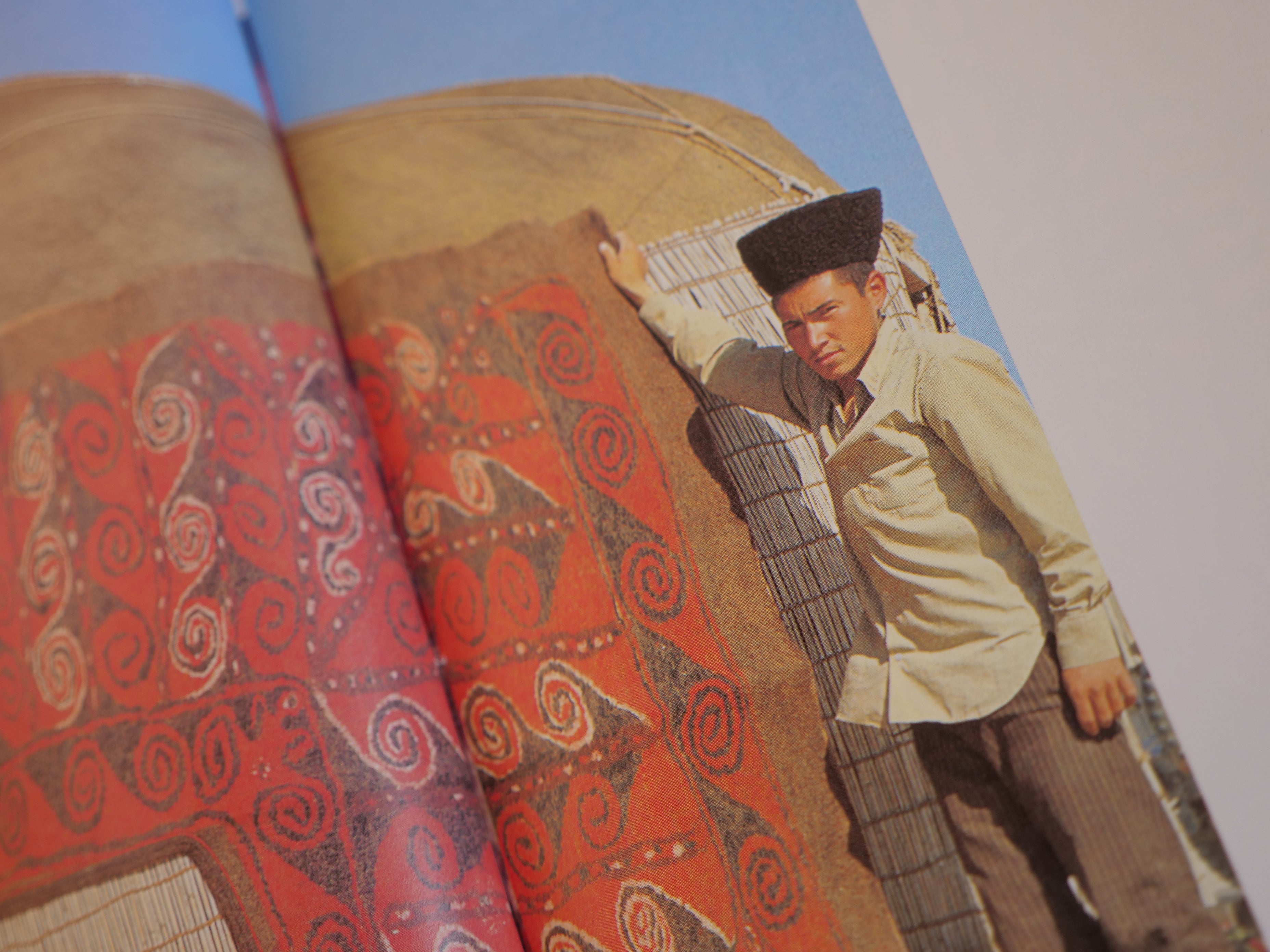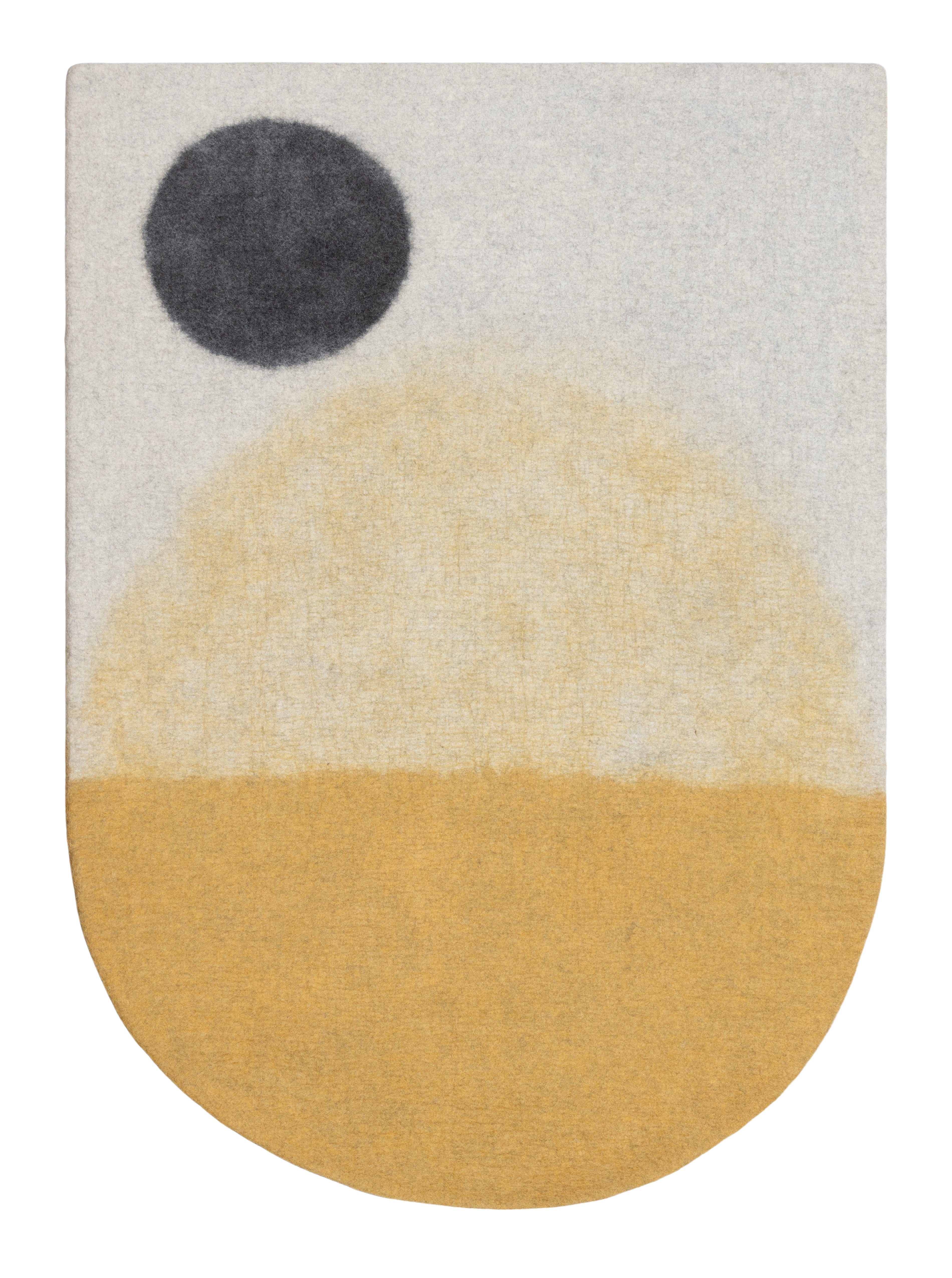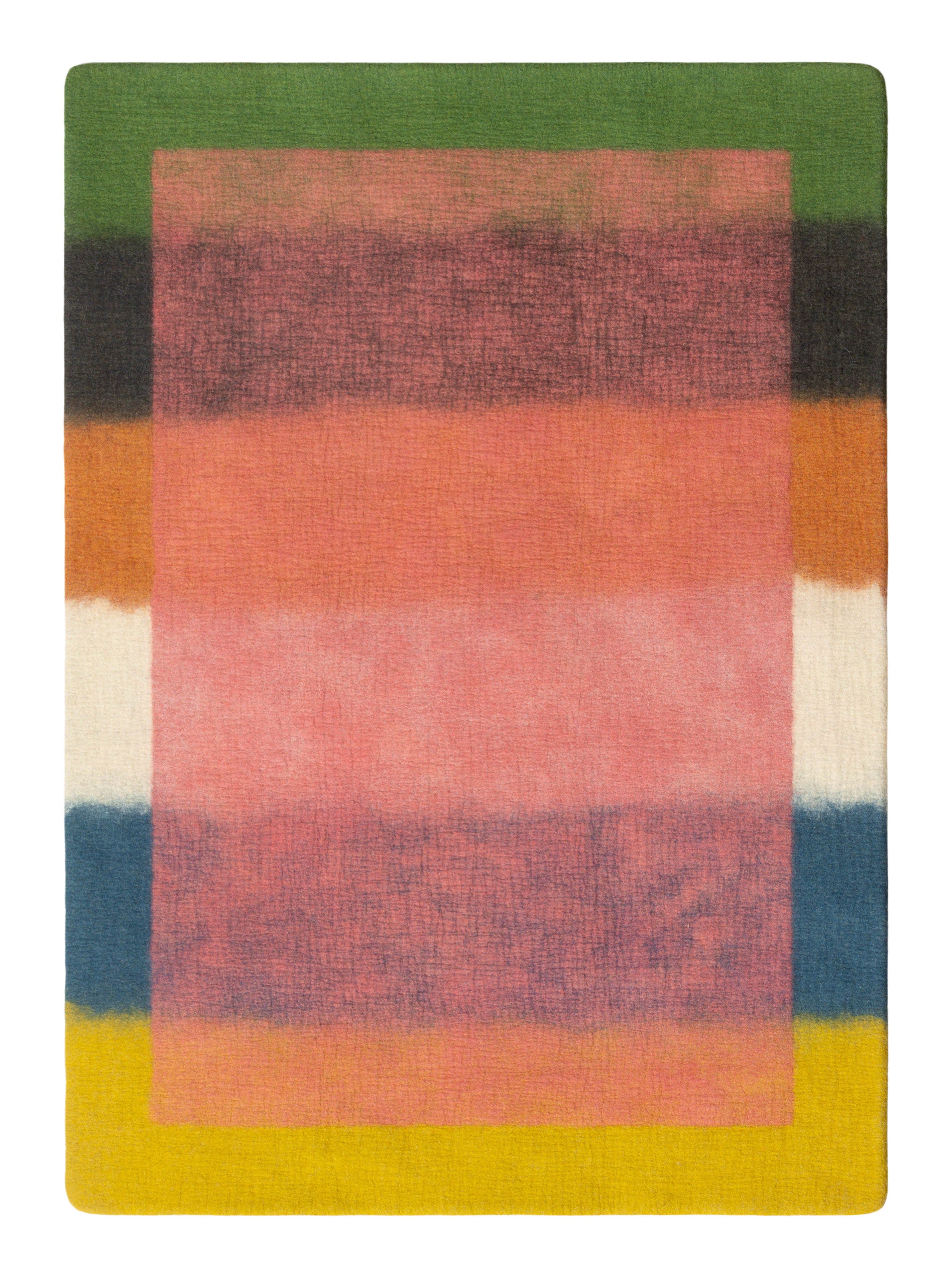Peace Industry was founded in 2002 in San Francisco, with the dream of revitalizing the ancient craft of felt rug making known as Namad in one of its countries of origin, Iran. Realizing that the craft had lost its status and appeal both inside and outside of Iran to the better known knotted rugs, with only a handful of artisans producing low quality examples, Peace Industry decided to open its own workshop near Esfahan. With 20 years of experience and continuous product development Peace Industry has managed to create a unique product unmatched in the industry.

Designer Collaborations
Our innovation comes from the marriage of old and new - honoring the legacy of a craft that predates loom weaving, while introducing contemporary aesthetics through collaborations with modern artists from various disciplines. This synergy gives birth to unique rug designs that seamlessly blend ancient tradition with modern artistry.

Locally sourced
The manufacturing process takes place in our workshop near Esfahan, Iran, a place with a rich history of carpet making. To preserve this craft, we have established a program that trains younger generations of artisans in traditional felt-making techniques ensuring the preservation and continuation of this heritage.

Community Development
At the community level, our project revitalizes an age-old craft and provides sustainable livelihoods to artisans in Iran. We provide them with the tools, training, and a platform to practice and preserve their craft, thus contributing to the socio-economic development of their communities.

A brief history of felt carpets in Iran
Thousands of years before the invention of the loom, nomadic rug makers throughout Central Asia pressed layers of loose wool into felt by hand and foot. The mountainous region between Turkey and Mongolia was known as the Land of Felt. Nomadic shepherds lived in felt-covered tents, and felt carpets covered the floors of their simple dwellings. To this day shepherds have used felt coats as both impromptu shelters for resting and protection from wolf attacks, with the clever use of fake sleeves.

Some of the most intriguing surviving examples of felt rugs from the early nomadic tribes of Iran, such as the Turkoman, feature patterns of dense fields of spirals and symbols that represent important Zoroastrian beliefs. We know from the photographs of Ernst Hoeltzer, taken in the 1870s in Iran, that upper-class Persians once commissioned luxurious felt carpets with intricate patterns that may have been part of the vibrant rug trade, but little else is recorded of this history.






















